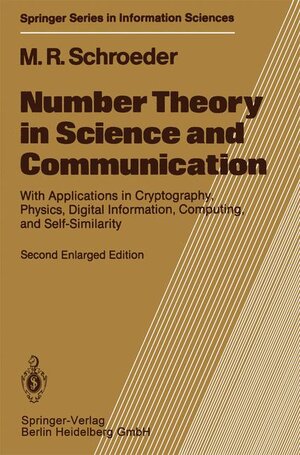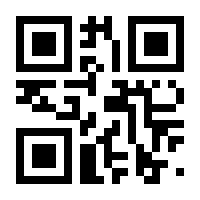
×
![Buchcover ISBN 9783540158004]()
Number Theory in Science and Communication
With Applications in Cryptography, Physics, Digital Information, Computing, and Self-Similarity
von Manfred R. Schroeder„Beauty is the first test: there is no permanent place in the world for ugly mathematics. “ - G. H. Hardy Number theory has been considered since time immemorial to be the very paradigm of pure (some would say useless) mathematics. In fact, the Chinese characters for mathematics are Number Science. „Mathematics is the queen of sciences - and number theory is the queen of mathematics,“ according to Carl Friedrich Gauss, the lifelong Wunderkind, who himself enjoyed the epithet „Princeps Mathematicorum. “ What could be more beautiful than a deep, satisfying relation between whole numbers. (One is almost tempted to call them wholesome numbers') In fact, it is hard to come up with a more appropriate designation than their learned name: the integers - meaning the „untouched ones“. How high they rank, in the realms of pure thought and aesthetics, above their lesser brethren: the real and complex number- whose first names virtually exude unsavory involvement with the complex realities of everyday life! Yet, as we shall see in this book, the theory of integers can provide totally unexpected answers to real-world problems. In fact, discrete mathematics is taking on an ever more important role. If nothing else, the advent of the digital computer and digital communication has seen to that. But even earlier, in physics the emergence of quantum mechanics and discrete elementary particles put a premium on the methods and, indeed, the spirit of discrete mathematics.




